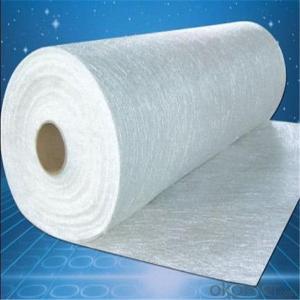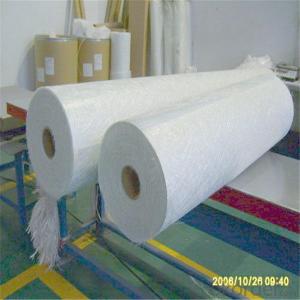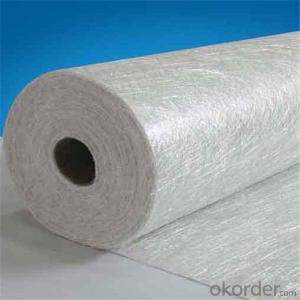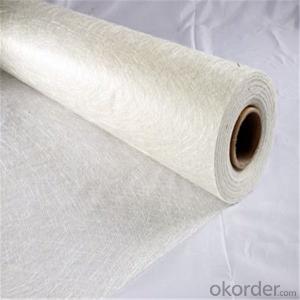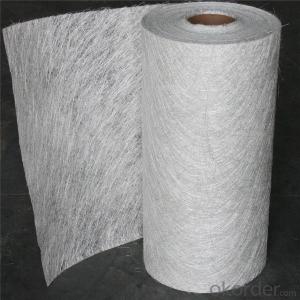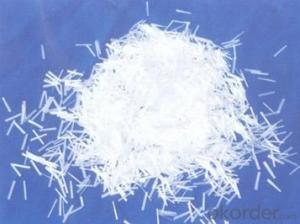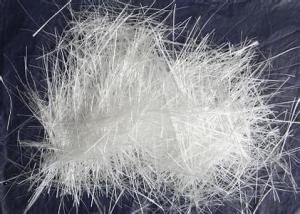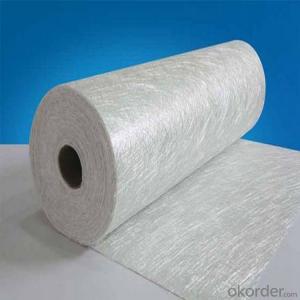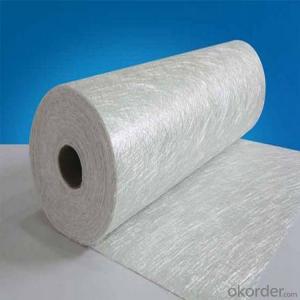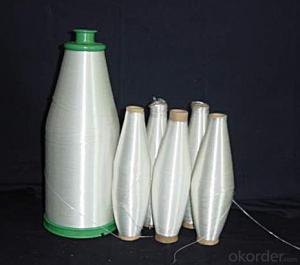Easy Operation Fiberglass Chopped Stand Mat
- Loading Port:
- Tianjin
- Payment Terms:
- TT OR LC
- Min Order Qty:
- 100 m.t.
- Supply Capability:
- 10000 m.t./month
OKorder Service Pledge
OKorder Financial Service
You Might Also Like
Quick Details
| Technique: | Chopped Strand Fiberglass Mat (CSM) | Dimensions: | 80g - 900g | Mat Type: | Continuous Filament Mat |
| Fiberglass Type: | E-Glass | Softness: | soft, very soft | Place of Origin: | Shandong, China (Mainland) |
| Brand Name: | cnbm | Model Number: | CSM | material: | fiberglass |
| Glass type: | E glass / C glass | Bond type: | powder or emulsion | Roll width: | 200 - 2600mm |
| Roll weight: | 28 - 55kgs | Density: | 225g/m2, 300g/m2, 450g/m2 | Certification: | ISO, CE |
Packaging & Delivery
| Packaging Details: | standand export packing . or packed as customer's need |
| Delivery Detail: | 10-20days after the contract is effective |
Specifications
Fiberglass Chopped Strand Mat
1.good combination fo resin
2.easy operation
3.good wet strength retention
Specification:
Fiberglass Chopped Strand Mat is an non-woven E- or C-glass fiberglass fabric manufactured by spreading continuous filament rovings of 50mm in length randomly and uniformly in combination with polyester binder in power form (or other binder in emulsion form). Powder or Emulsion fiberglass fiber chopped glass mat

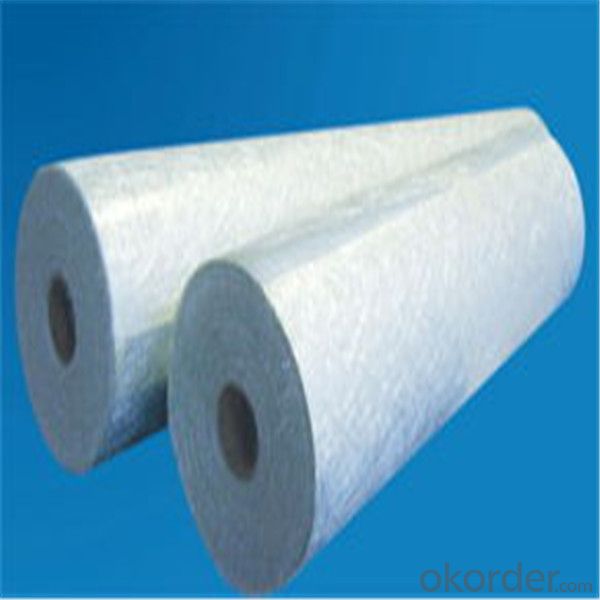
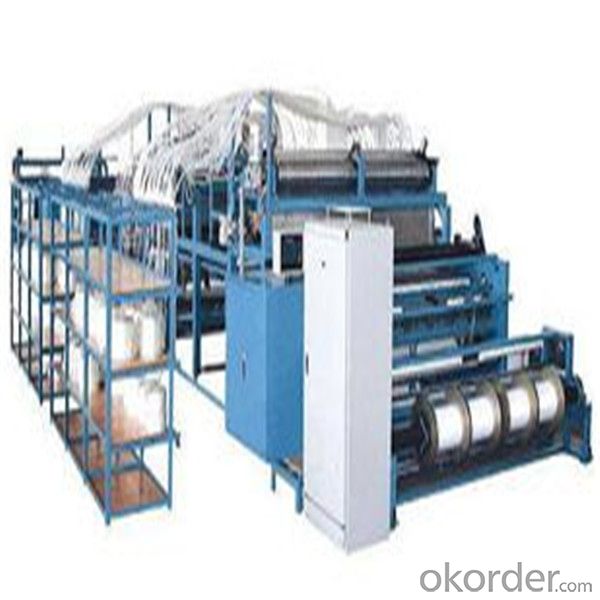
- Q:What is the diameter of fiberglass chopped strand?
- Depending on the specific product and manufacturing process, the diameter of fiberglass chopped strand may vary. On average, the diameter typically falls within the range of 10 to 25 micrometers.
- Q:What do the surplus of the glass fiber used for?
- The short cut fiber is used in the molding sheet or the molding compound, and also put it in the position of the hand paste glass fiber reinforced plastic with short cut fiber.
- Q:How is the compatibility of fiberglass chopped strand with different resin systems determined?
- The compatibility of fiberglass chopped strand with different resin systems is typically determined through a series of tests and evaluations. These tests involve examining various factors such as adhesion strength, wet-out capability, and overall mechanical performance of the composite material. Additionally, compatibility can also be assessed by analyzing the chemical interaction between the fiberglass and resin, as well as their ability to bond and form a cohesive structure.
- Q:Can fiberglass chopped strand be used in concrete reinforcement?
- Indeed, concrete reinforcement can utilize fiberglass chopped strand. This type of material is produced through the process of cutting longer fiberglass strands into shorter lengths. Typically, it is incorporated into concrete mixtures to enhance the final product's strength, durability, and resistance against cracks. When combined with concrete, the chopped strand is evenly distributed throughout the mixture, thereby reinforcing it and improving the concrete's overall performance. Moreover, unlike conventional steel reinforcement, fiberglass chopped strand does not succumb to rust or corrosion. This attribute has contributed to its popularity as a concrete reinforcement option, particularly in regions with excessive moisture or corrosive surroundings.
- Q:How does the diameter-to-length ratio of fiberglass chopped strand affect its performance?
- The diameter-to-length ratio of fiberglass chopped strand plays a significant role in determining its performance. The diameter of the strands affects the overall strength and stiffness of the material, while the length influences its ability to disperse and reinforce the matrix. A higher diameter-to-length ratio typically results in improved mechanical properties. This is because a larger diameter contributes to a higher surface area and better interfacial bonding with the matrix material. Consequently, the fiberglass strands can transfer stress more efficiently, enhancing the overall strength and load-bearing capacity of the composite. Additionally, a higher diameter-to-length ratio allows for better dispersion of the chopped strands within the matrix. Longer strands tend to agglomerate or entangle, making it difficult to achieve a homogeneous distribution in the composite. With a higher diameter, the strands can separate more easily, leading to improved reinforcement throughout the material. However, it is important to note that the optimal diameter-to-length ratio depends on the specific application and the desired performance characteristics. In some cases, shorter strands with a lower diameter-to-length ratio may be preferred, such as in applications where impact resistance or improved surface finish is crucial. In summary, the diameter-to-length ratio of fiberglass chopped strand significantly impacts its performance. A higher ratio generally leads to improved mechanical properties and better dispersion, enhancing the overall strength and reinforcement capabilities of the composite. However, the ideal ratio may vary depending on the specific application requirements.
- Q:What are the shear strength properties of fiberglass chopped strand?
- The shear strength properties of fiberglass chopped strand refer to its ability to withstand forces applied parallel to its surface. Fiberglass chopped strand typically exhibits high shear strength due to the interlocking nature of the chopped strands, making it a suitable material for applications that require resistance to shearing forces.
- Q:Is fiberglass chopped strand compatible with different processing techniques?
- Fiberglass chopped strand is indeed compatible with various processing techniques. One can utilize it in a multitude of processes, such as injection molding, compression molding, pultrusion, filament winding, and hand lay-up. By combining the chopped strands with a resin matrix, which may be either thermosetting or thermoplastic, a composite material is formed. The adaptability of fiberglass chopped strand enables its application across diverse industries, including automotive, construction, aerospace, and marine.
- Q:Does fiberglass chopped strand have any moisture resistance?
- Yes, fiberglass chopped strand does have some level of moisture resistance. The glass fibers used in its composition are inherently moisture-resistant, and the presence of a resin binder further enhances its resistance to moisture. However, it is worth noting that prolonged exposure to moisture can eventually degrade its performance, so proper sealing or coating is recommended for long-term moisture resistance.
- Q:How does the diameter of chopped strand affect its performance?
- The diameter of chopped strand affects its performance by influencing its strength, flexibility, and ability to bond with other materials. A smaller diameter strand tends to be stronger and more flexible, allowing it to withstand higher levels of stress and strain. It also provides better adhesion and compatibility with resin matrices, resulting in improved composite properties such as enhanced stiffness and impact resistance. Conversely, larger diameter strands may offer higher bulk density and improved thermal conductivity, but they can be less flexible and have reduced bonding capabilities. Therefore, the diameter of chopped strand plays a crucial role in determining the overall performance and properties of the final composite product.
- Q:Can fiberglass chopped strand be used in electrical insulation varnishes?
- Indeed, electrical insulation varnishes can make use of fiberglass chopped strand. This versatile material boasts remarkable electrical insulation characteristics. Its incorporation into varnishes amplifies the insulation and thermal resistance of the coating. By adopting the chopped strand form, fiberglass seamlessly integrates into the varnish composition, furnishing reinforcement and enhancing the mechanical strength of the insulation. Furthermore, fiberglass chopped strand aids in diminishing shrinkage and cracking of the varnish throughout the curing procedure, thereby advancing the insulation's overall performance and durability.
1. Manufacturer Overview |
|
|---|---|
| Location | |
| Year Established | |
| Annual Output Value | |
| Main Markets | |
| Company Certifications | |
2. Manufacturer Certificates |
|
|---|---|
| a) Certification Name | |
| Range | |
| Reference | |
| Validity Period | |
3. Manufacturer Capability |
|
|---|---|
| a)Trade Capacity | |
| Nearest Port | |
| Export Percentage | |
| No.of Employees in Trade Department | |
| Language Spoken: | |
| b)Factory Information | |
| Factory Size: | |
| No. of Production Lines | |
| Contract Manufacturing | |
| Product Price Range | |
Send your message to us
Easy Operation Fiberglass Chopped Stand Mat
- Loading Port:
- Tianjin
- Payment Terms:
- TT OR LC
- Min Order Qty:
- 100 m.t.
- Supply Capability:
- 10000 m.t./month
OKorder Service Pledge
OKorder Financial Service
Similar products
New products
Hot products
Related keywords

